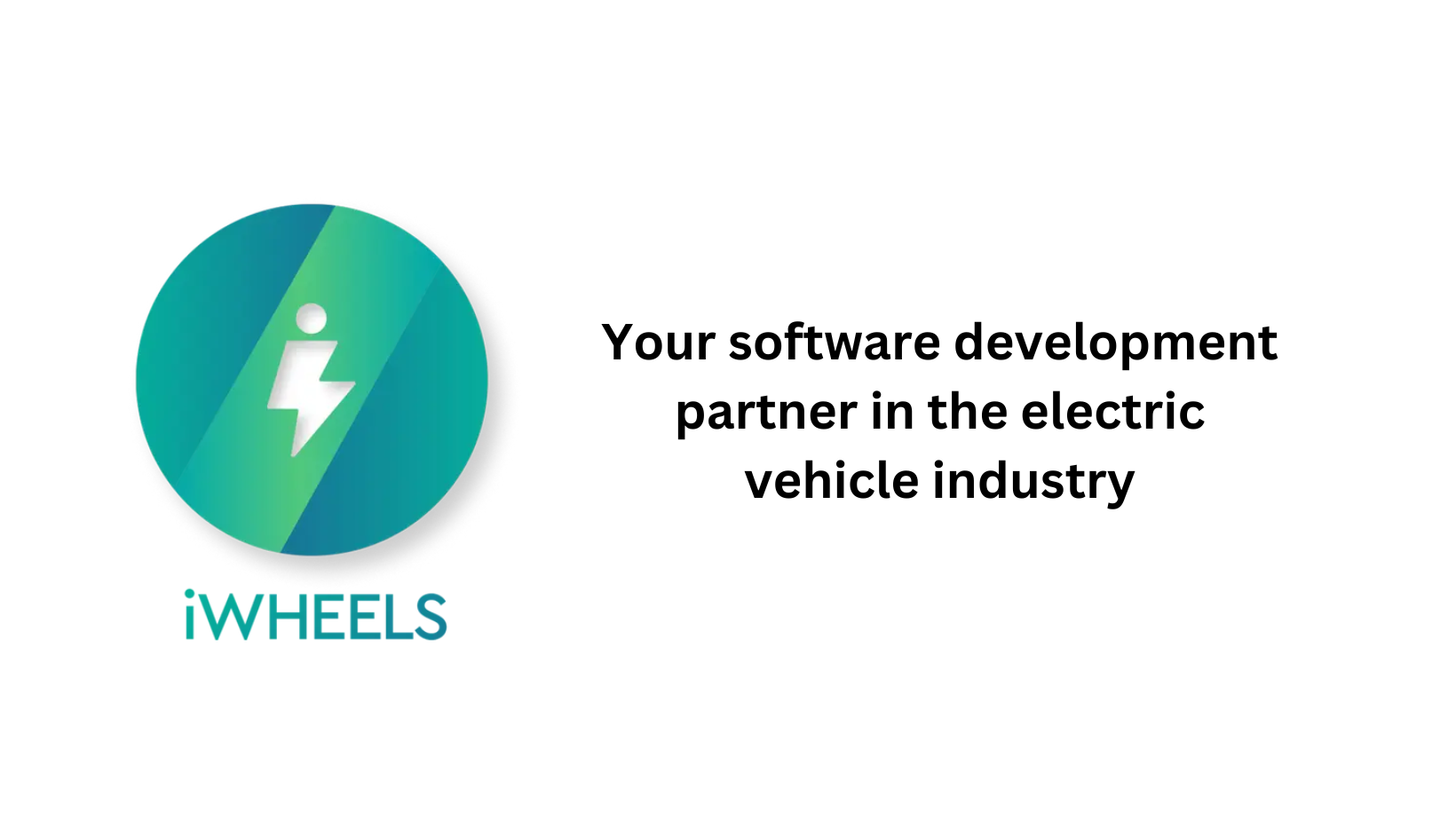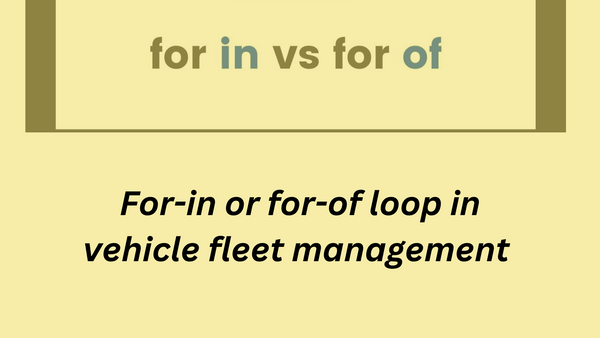Virtual Reality (VR) Technology in electric vehicles
Hello People. This article is about Virtual Reality (VR) Technology in electric vehicles. Virtual Reality (VR) is one of the modern technologies that can help auto businesses get a number of significant benefits.
How is VR useful in everyday? VR enables users to interact freely with three-dimensional objects within virtual environments through special hardware like head-mounted displays. This capability allows automotive companies to use the immersive technology for different purposes while saving their financial resources on manufacturing and managing physical assets.

Electric vehicle design requires continuous improvement, reviews, and testing. When working with physical mock-ups, frequent reverting to previous decisions or endless modifications, they all usually significantly raise the overall project cost. Car manufacturers spend tremendous amounts of money until a certain design, at last, will be approved.
Are you looking to start your business in the electric vehicle industry? We provide software development, web application development, mobile application development, charging stations management app, electric vehicle fleet management software development, cyber security and all software services. Please check our home page here https://iwheels.co/

Ok. Let's get back to the article.
Did you know that design process is one of the most expensive and time-consuming stages in car manufacturing? Every time a team initiates any modifications to an existing mock-up, they have to create a new model.
However, using virtual reality, car designers can significantly cut both project cost and time by visualizing the exterior of a vehicle virtually instead of creating a new physical mockup in 1:1 ratio each time they make some changes to a prototype.
Additionally, a design team can implement car exterior modification in real-time using virtual mock-ups. The most talented car designers from all over the world can work together on the same mock-up while physically being located on different continents. Virtual reality is thus opening broader opportunities for vehicle manufacturers.
Virtual reality allows workers of electric vehicle manufacturing plants to learn in a virtual environment and safely make mistakes. VR makes the overall training process more efficient and significantly cuts the error rate. VR allows safely putting assembly specialists into nearly any dangerous situation and teaching them how to behave properly under stress and life threats.
Coming to electric vehicle test drives, clients can customize any car model in the way they’re going to purchase it within a virtual environment,. Using a VR HMD and haptic device, they will be able to virtually open a car door and get into the driver seat.
For example, Audi’s VR solution allows clients to virtually see their future cars in 360 degrees with both light and sound effects. Furthermore, using virtual reality they can see their customized vehicles under different conditions like time of the day.
Talking about development process in autonomous/self-driving vehicles, it is impossible to predefine manually driving scenarios for an autonomous car since there are tons of them. The only way to teach a self-driving vehicle on how to behave in dangerous situations is to let it learn by driving and memorizing every situation it faces.
Using wide range of techniques and technologies like interactive editing, database importing, three-dimensional geometry transformation, distributed parallel computation, visualization, and modeling, testing software recognizes and memorizes road conditions.
Auto manufacturers are developing their own virtual reality driving simulators. Through a virtual laboratory, Ford allowed its designers and engineers to stay in different countries and collaborate on car design in real-time. The car manufacturer created “Ford’s Immersive Vehicle Environment,” also known as “FIVE”. It’s a special room equipped with sensors and a set of motion-capture markers placed on a user’s body.
CAD models can be easily imported into the FIVE experience thus speeding up the overall design process by enabling designers to turn their ideas into reality without any limitations of physical prototyping. All surfaces, textures, and colors will remain in the FIVE.
Hope this article on Virtual Reality (VR) Technology in electric vehicles is useful to you. To read about jobs in the Electric Vehicle Industry, please visit Job opportunities in Electric Vehicle Sector and its Charging Infrastructure industry




